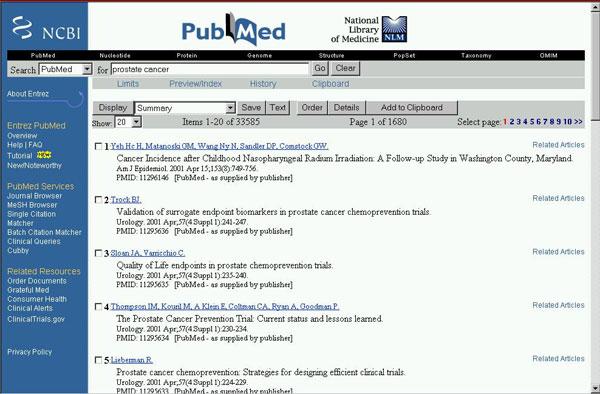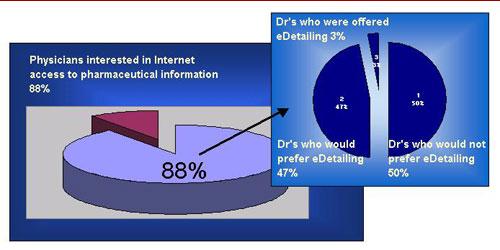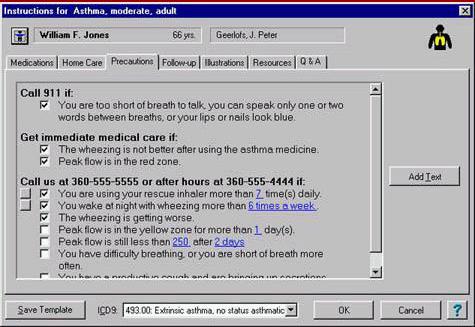
| Home |
| News 22/07/2544 |
| E-Health and the Practicing Physician Choose How You'll Use the Internet Mindi K. McKenna, PhD |

Figure 1. A MEDLINE search on PubMed for the keyword "prostate cancer" produces the results above. Individual query results display article abstracts and citation information. PubMed can also conduct additional searches for related journal articles, books, and links to full-text journal articles on the Internet. The new online tutorial feature can help users to refine searches, resulting in more relevant search results.

Figure 2. Results from a study conducted by Datamonitor indicated that, of the physicians interviewed, almost 90% would like to be able to request Internet-based e-detailing information. More importantly, of that group, 50% would prefer this method to traditional interactions with pharmaceutical representatives, yet only 3% have been offered this option.[8]

Figure 3. As the quantity of electronic patient-to-physician communication increases, so does the demand for physicians' attention. While e-mail can be an effective way to handle specific patient questions, there are more efficient ways to accurately transmit lengthy and specific instructions to patients. For example, PATIENT ED® by Medifor allows physicians to create customized patient instructions that the patient can retrieve and manage via PC. Image courtesy of Medifor Inc.
| Physicians Warn Against Anti-Aging Therapies |
| Anticlotting Drug's Side Effects Caused 34 Deaths in Japan |